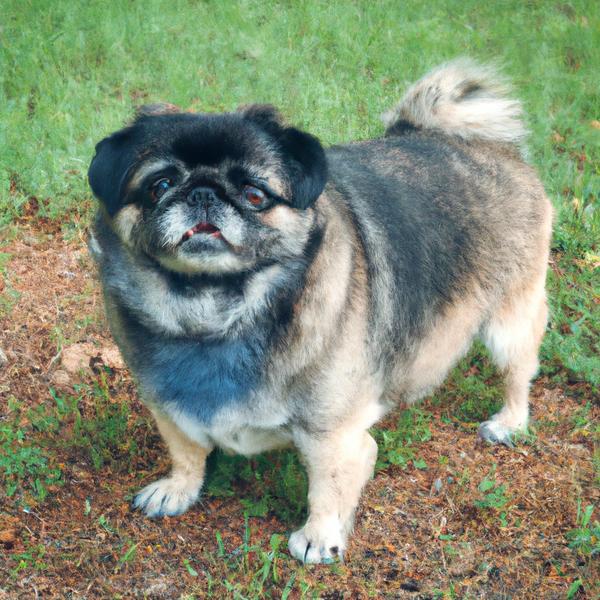Sheltie Pug vs. Pugottie: Breed Differences and Similarities
Hypoallergenic
Are Sheltie Pugs or Pugotties hypoallergenic, or neither?
Unfortunately, neither Sheltie Pug nor Pugottie are hypoallergenic, which may not make them the best choice for dog lovers who suffer from pet allergies.
Temperament
What are the personalities of Sheltie Pug and Pugottie dogs?
Playful
Courageous
Intelligent
Friendly
Responsive
Affectionate
Loyal
Lively
Gentle
Going
Cheerful
Playful
Independent
Alert
Courageous
Intelligent
Friendly
Affectionate
Loyal
Quick
Gentle
Going
Selfish
Cheerful
Shedding Level
Do Sheltie Pugs shed more than Pugotties, or which breed sheds more, Sheltie Pugs or Pugotties?
Sheltie Pugs are heavy shedders, but regular brushing can help manage shedding and promote a healthy coat.
Pugotties are moderate shedders, but regular brushing can reduce shedding and maintain coat health.
Watchdog Ability
Which dog breed makes a better watchdog, the Sheltie Pug or Pugottie?
Sheltie Pugs aren't great guard dogs; they tend to just watch without taking action.
Pugotties make excellent watchdogs - they're vocal and protective of their territory.
Origin
What is the origin of Sheltie Pug and Pugottie dog breeds?
United States
United States
Ancestry
What are the origins of Sheltie Pug and Pugottie breeds?
Pug and Shetland Sheepdog
Scottish Terrier and Pug
Breed recognition
Which kennel clubs recognize/register Sheltie Pug and Pugottie?
DRA = Dog Registry of America, Inc.
ACHC = American Canine Hybrid Club
DBR = Designer Breed Registry
DDKC = Designer Dogs Kennel Club
DRA = Dog Registry of America, Inc.
IDCR = International Designer Canine Registry®
Date of Birth
When were Sheltie Pug and Pugottie breeds first developed?
2000s
Eye Color Possibilites
What are the eye colors of Sheltie Pug and Pugottie dogs?
Blue
Brown
Brown
Nose Color Possibilites
What are the natural nose colors of Sheltie Pug and Pugottie?
Black
Black
Coat Color Possibilites
What are the natural colors of the coat for Sheltie Pug and Pugottie breeds?
Black
Brown
Red
Cream
Fawn
White
Pied
Sable
Brindle
Black
Gray
Brown
Red
Cream
Fawn
Silver
Pied
Brindle
Coat Length
What is the typical coat length for Sheltie Pug and Pugottie breeds?
Sheltie Pugs have coats that can be either short or medium in length.
Pugotties have medium-length coats.
Coat Density
What is the density of the coat of Sheltie Pug and Pugottie?
Coat Texture
What is the hair texture of Sheltie Pug and Pugottie?
Straight
Litter Size
What is the usual litter size for Sheltie Pug and Pugottie?
A Sheltie Pug can have a litter of 4-6 puppies on average. However, it's worth noting that the size of the litters can vary greatly. Factors that can influence litter size include the health of the mother, breeding history, and genetics.
A Pugottie can have a litter of 2-5 puppies on average. However, it's worth noting that the size of the litters can vary greatly. Factors that can influence litter size include the health of the mother, breeding history, and genetics.
Adaptability
Sheltie Pugs are highly adaptable and versatile, making them excellent companions for families and individuals of all lifestyles.
Pugotties are known for their adaptability and can adjust well to different environments and lifestyle changes.
Health Issues
Between Sheltie Pug and Pugottie, which breed is more prone to health problems?
Sheltie Pugs typically have low vet costs due to their good health, but it's important to monitor their health and seek vet care when necessary.
The Pugottie breed is generally very healthy, requiring minimal vet visits. Still, it's important to keep an eye on their health and seek veterinary care when needed.
Major Concerns
What are the major health concerns for Sheltie Pug and Pugottie breeds?
Von Willebrand's Disease
Brachycephalic Syndrome
Necrotizing Meningoencephalitis
Patent Ductus Arteriosis (PDA)
Von Willebrand's Disease
Brachycephalic Syndrome
Intervertebral Disc Disease (IVDD)
Craniomandibular Osteopathy (Lion Jaw)
Minor Concerns
What minor health issues should be kept in mind when owning Sheltie Pug and Pugottie?
Entropion
Dermatomyositis
Skin Fold Dermatitis
Keratoconjunctivitis Sicca (Dry Eye)
Entropion
Skin-Fold Dermatitis
Scottie Cramp
Exposure Keratopathy Syndrome
Keratoconjunctivitis Sicca (Dry Eye)
Occasional Tests
What occasional tests are recommended for Sheltie Pug and Pugottie breeds?
Eye Examination
Respiratory Tests
Skin Evaluation
Blood And Urine Analysis
Diagnostic Imaging
Cardiac Test
DNA
Eye Examination
Skin Evaluation
ECG
Blood Analysis
Diagnostic Imaging
DNA
Energy
How do the energy levels of Sheltie Pugs and Pugotties compare?
Sheltie Pugs are a good choice for a low-key lifestyle due to their low energy levels.
Pugotties' high energy levels make them unsuitable for a low-key dog, choose accordingly.
Social Needs
Sheltie Pug vs Pugottie social needs comparison
Sheltie Pug and Pugottie have very high social needs. These needs include regular mental and physical stimulation, a job or purpose, and companionship. They thrive in environments where they have a lot of interaction with humans and other dogs.
Exercise Needed
Sheltie Pug vs Pugottie exercise need comparison.
The Sheltie Pug and Pugottie breeds require a moderate amount of physical activity to maintain a healthy lifestyle. They are ideal for people who have a moderate amount of time to devote to their pets and enjoy regular physical activity themselves. They also make great family pets as they have the energy to keep up with children and the temperament to be great companions.
Sleeping Need
Which of the two sleeps the most/least: Sheltie Pug or Pugottie?
Sheltie Pug and Pugottie breeds are known to have moderate energy levels and normal sleep patterns, typically sleeping around 12-14 hours per day.
Tendency to Bark
Do Sheltie Pugs or Pugotties bark more/less frequently?
Sheltie Pugs bark moderately when necessary and may also bark due to certain triggers like fear, alarm, boredom, greeting, separation anxiety and compulsive barking.
The Pugottie is a vocal breed that frequently barks and howls, and may not be suitable for those seeking a quiet companion.
Mouthiness
Mouthiness Comparison: Sheltie Pug vs Pugottie?
Roaming urge
Sheltie Pug vs Labrador: Running away tendency?
Prey Drive
Sheltie Pug or Pugottie - which breed has a higher level of prey drive?
Activity Level
Which breed has higher energy, Sheltie Pugs or Pugotties?
Sheltie Pugs are high-energy dogs. They need mental as well as physical exercise. These dogs require a lot of your involvement and without it they can, and will, become problematic dogs.
Pugotties are medium-energy dogs and typically enjoy socializing and playing casual or even sustained games of chase with other dogs. They may also have occasional periods of barking or racing around the house.
Tolerance of being left alone
Walks per Week
How many miles should Sheltie Pug or Pugottie walk each week?
There's really no limit to how far you walk your dog as long as they're comfortable. For Sheltie Pug, it's at least 8 miles / week. Just remember to build distance and stamina gradually over time.
There's really no limit to how far you walk your dog as long as they're comfortable. For Pugottie, it's at least 5 miles / week. Just remember to build distance and stamina gradually over time.
Activity per Day
Do Sheltie Pugs or Pugotties require more exercise?
In general most Sheltie Pugs usually need at least 60 minutes of exercise daily. This can be spread across the day and include all sorts of high-energy activities, like walking, running and playing.
In general most Pugotties usually need at least 45 minutes of exercise daily. This can be spread across the day and include all sorts of high-energy activities, like walking, running and playing.
Grooming
Which breed is easier to maintain in terms of grooming, Sheltie Pugs or Pugotties?
The Sheltie Pug requires an average amount of grooming compared to other breeds.
The Pugottie has low grooming needs and is easy to maintain.
Brushing Frequency
What is the recommended brushing frequency for Sheltie Pug and Pugottie dogs?
Ideally, Sheltie Pug should be brushed at least 2 or 3 times a week (preferably daily) improve shedding.
Pugottie should be brushed at least once a week. Of course you can give them more frequent brushes if you find that they are still shedding a lot
Brushing Tools
What brushing tools are used for Sheltie Pugs and Pugotties?
Pin Brush
Slicker Brush
Comb
Nail Clipper
Pin Brush
Slicker Brush
Comb
Nail Clipper
Cups
How much food should be given to Sheltie Pug or Pugottie in cups?
Sheltie Pug and Pugottie share the same recommended daily food intake of 1.5 cups, although the appropriate quantity may vary depending on the quality and nutritional content of their food.
Daily Cost
Which breed has a higher daily cost, Sheltie Pug or Pugottie?
Sheltie Pug and Pugottie have a similar average daily cost of around $1.70 - $2.20.
Monthly Cost
Which breed has a higher monthly cost, Sheltie Pug or Pugottie?
When it comes to monthly expenses, both Sheltie Pug and Pugottie have a similar average cost, ranging from $34 - $67. This results in an average yearly cost of around $408 - $804.
Intelligence
Comparing Intelligence: Sheltie Pugs vs Pugotties
Sheltie Pug and Pugottie have average obedience intelligence, but they're also independent thinkers. This breed is known for having an exceptionally high IQ, which means they may get into trouble if left to their own devices.
Sensitivity Level
How do Sheltie Pug and Pugottie compare in sensitivity?
These breeds are more sensitive than others and easily overwhelmed by new surroundings and people. Sheltie Pug and Pugottie need gentle handling and a calm, stable home environment with positive reinforcement training.
Affection Dependance
Which is the more affectionate dog breed: Sheltie Pug vs Pugottie?
Apartment Friendly
Which breed is more apartment-friendly: Sheltie Pug or Pugottie?
The Sheltie Pug is a great apartment dog, thriving with sufficient exercise and time outside as part of their daily routine.
Pugotties make excellent apartment dogs, being fairly active indoors and not requiring a yard.
Child Friendly
Do Sheltie Pugs or Pugotties have a friendlier temperament towards children?
Sheltie Pug and Pugottie are kid-friendly dogs. They are good with children and excellent dogs with children if they are socialized and trained at a young age.
Senior-friendly
Which dog is more suitable as a pet for the elderly - Sheltie Pug or Pugottie?
Cat Friendly
Do Sheltie Pug or Pugottie breeds have a better compatibility with cats?
Sheltie Pugs are very friendly with cats and make great companions for them.
Pugotties are good with cats, but early training is needed to prevent chasing behavior.
Dog Friendly
Which breed is more sociable with other dogs: Sheltie Pug or Pugottie?
Sheltie Pugs are generally very friendly towards other dogs, with a happy and affectionate temperament.
Pugotties are friendly and active companions, and can be good family pets, though their friendliness towards other dogs may vary.
Pet friendly
How do Sheltie Pug or Pugottie dogs interact with other pets?
Stranger Friendly
Which breed is more friendly with strangers: Sheltie Pug or Pugottie?
Sheltie Pug and Pugottie are friendly dogs and typically won't bark at strangers. However, if you wish to change this behavior, training them is easy thanks to their intelligence, making it pretty simple to teach them anything.
Playfulness
Which breed is more playful between Sheltie Pug and Pugottie?
Sheltie Pug and Pugottie have an average level of playfulness. Like other dogs, they enjoy playing, but they are not the most playful dog breed.
Trainability
How do the trainability levels of Sheltie Pugs and Pugotties compare?
Sheltie Pug and Pugottie dogs are usually easy to train, but may require consistency to fully obey commands.
Compare Sheltie Pug with other breeds
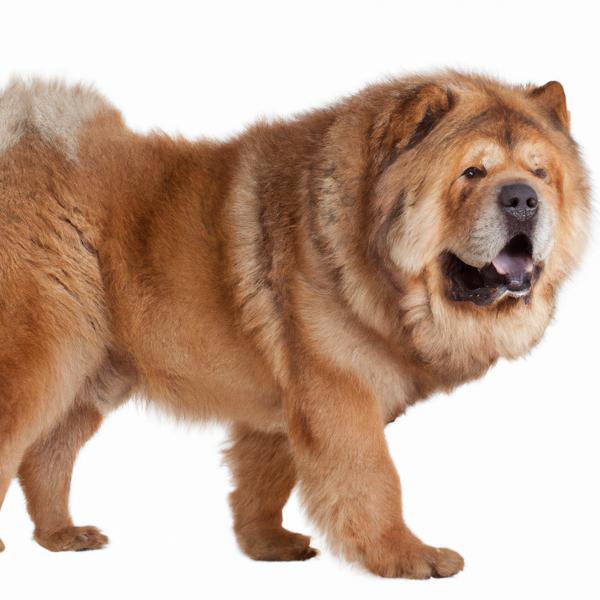
Chowpit
Sheltie Pug vs Chowpit
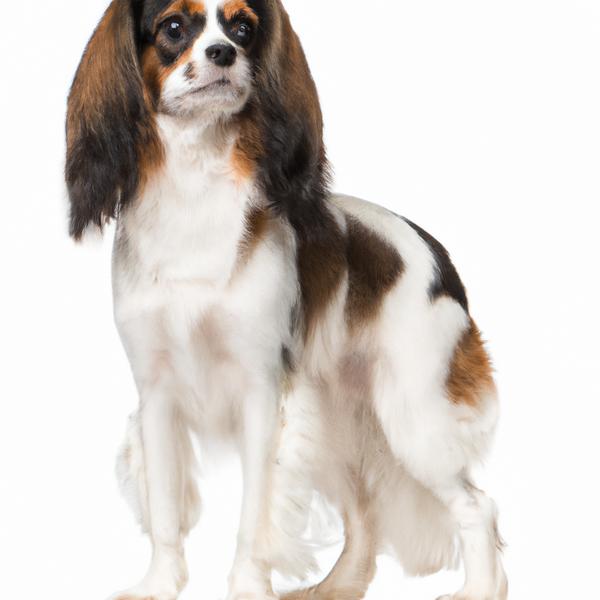
English Toy Spaniel
Sheltie Pug vs English Toy Spaniel
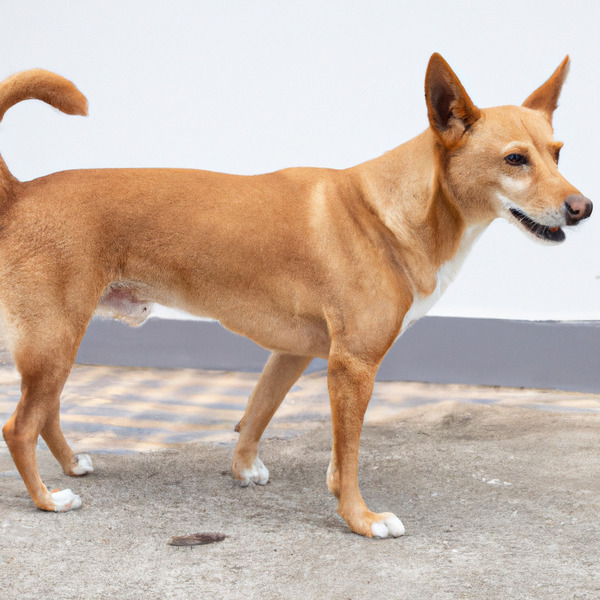
Portuguese Podengo
Sheltie Pug vs Portuguese Podengo
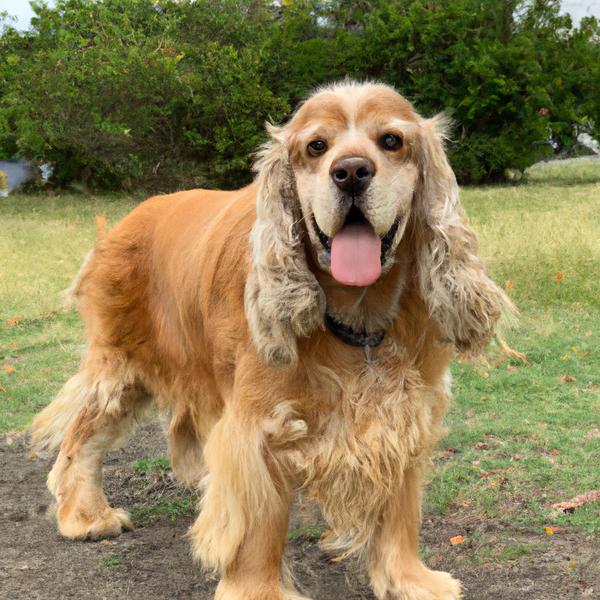
Siberian Cocker
Sheltie Pug vs Siberian Cocker
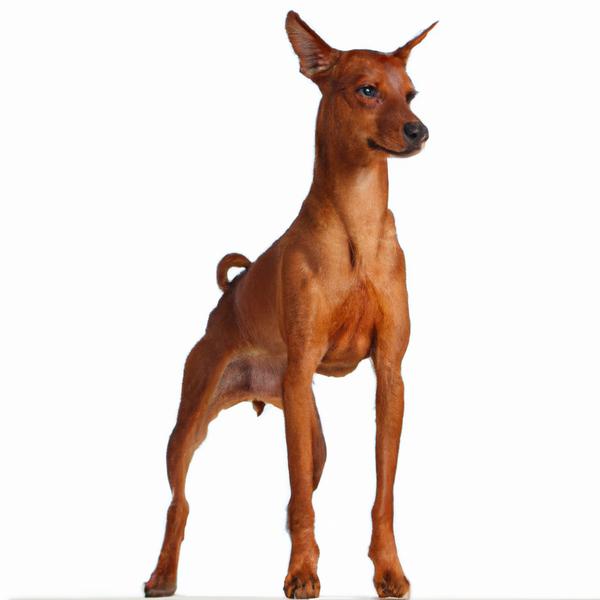
Smooth Fox Pinscher
Sheltie Pug vs Smooth Fox Pinscher

Griffichon
Sheltie Pug vs Griffichon
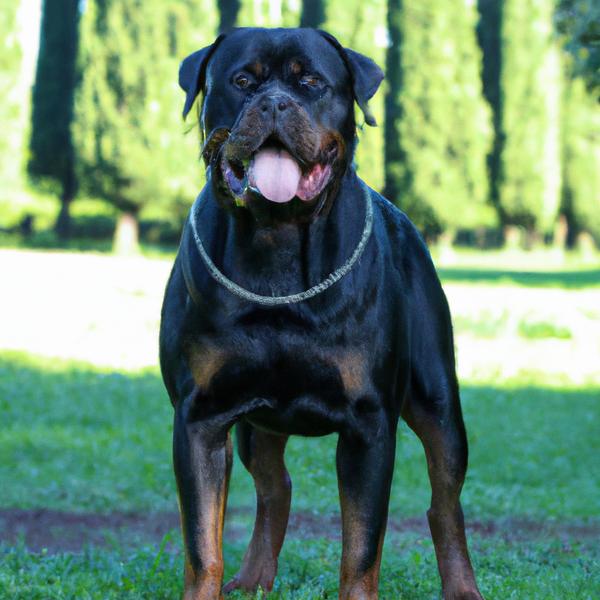
Rotticorso
Sheltie Pug vs Rotticorso
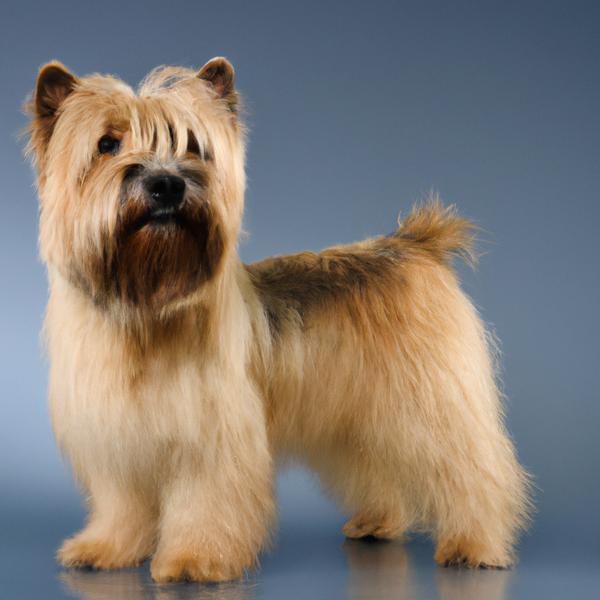
Silkland Terrier
Sheltie Pug vs Silkland Terrier
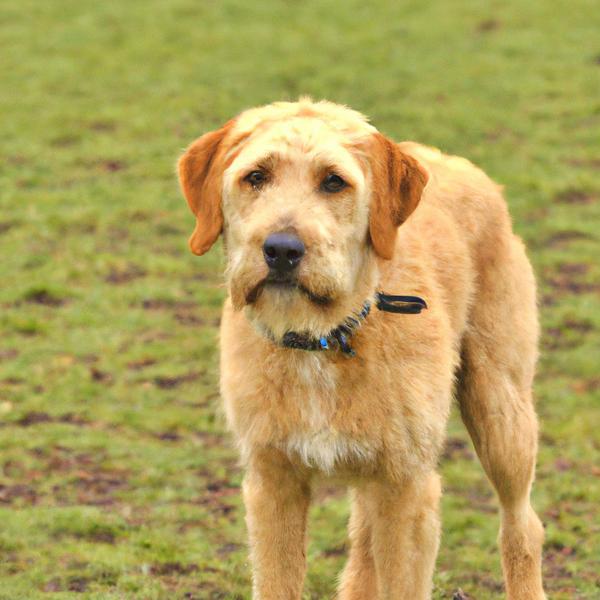
Wheatador
Sheltie Pug vs Wheatador
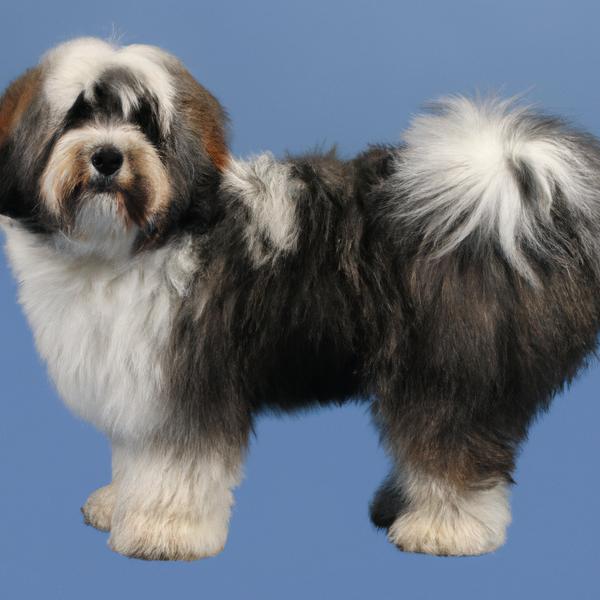
Fo-Chon
Sheltie Pug vs Fo-Chon
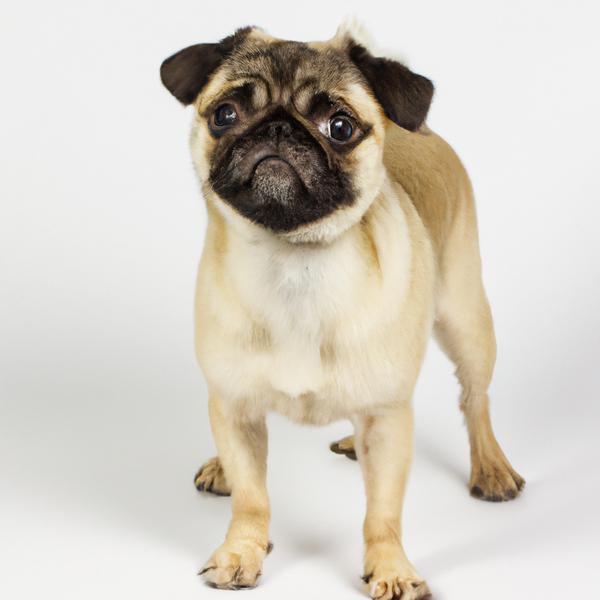
Pugottie
Sheltie Pug vs Pugottie
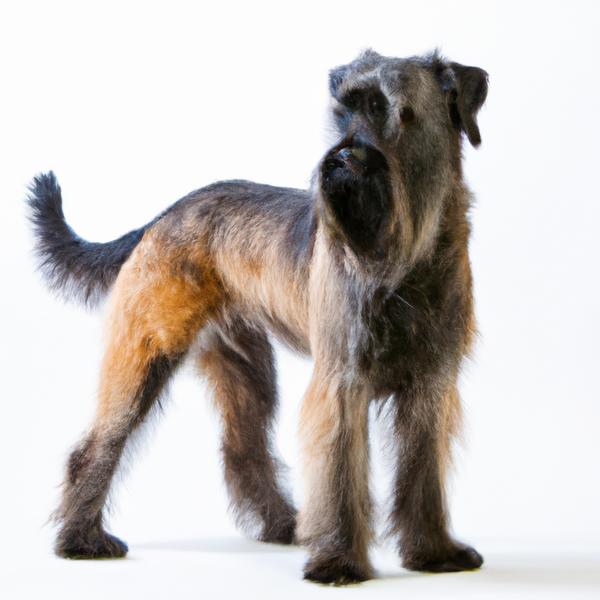
Berger Picard
Sheltie Pug vs Berger Picard
